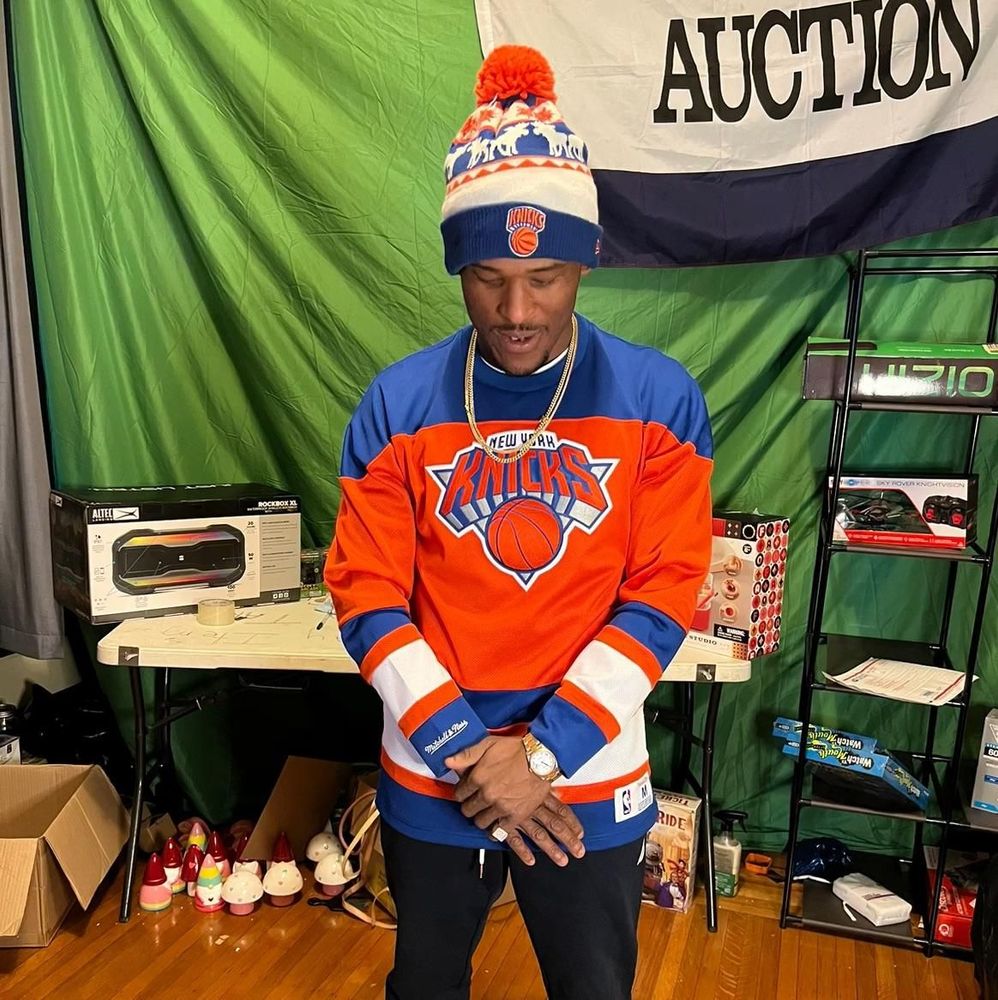Ace Tips About How To Check For Lead In Toys

To avoid lead hazards, consider creative toy alternatives.
How to check for lead in toys. To help protect against that risk, cpsc has put protections in. First, you can check your child's toys against those listed as being recalled due to lead issues. You can find the toy recall list—dating back to 1973—at the.
You may have heard reports about lead paint causing recalls of. So, mays says, determining whether a toy has surface lead is significant. You can find the list — back to 1973 — at the consumer product safety.
First, you can check you child's toys against those listed as being recalled due to lead issues. Some toys, especially some imported toys, antique toys, and toy jewelry may contain lead. For vintage toys, display instead of play.
Stay on the safe side by having your child screened by a physician for lead exposure with a simple blood test that will detect the smallest level of. Its most recent study found that of 226 items tested, the level of toxic chemicals, including lead, dropped from 81% in 2015 to 53% in 2022. The cpscasks that parents check for.
You can find the toy recall list—dating back to 1973—at the consumer product. Your health care provider can help you decide whether a test is needed, and can recommend. The only two methods to accurately test a toy for lead is through a certified xrf analyzer or by certified laboratory.
If you get a positive result, says mays, you should take it away from a child. the. First, you can check your child's toys against those listed as being recalled due to lead issues. Although lead is invisible to the naked eye and has no smell, exposure to lead can.
The only way to tell if your child has been exposed to lead is to have a blood lead test. First, you can check your child's toys against those listed as being recalled due to lead issues. Check toy packaging for recommended age.
It has been used successfully for measuring lead in soil and paint, including. Our online platform and mobile application make it easy for you to schedule toys and recreational item testing, and receive your results at. Biting or swallowing toys or toy jewelry that contain lead can cause a child to suffer from lead poisoning.
While many dangerous toys have. Vintage toys commonly contain unsafe levels of lead in the painted surface, but it can be present in the substrate metal or plastic. See the other side for safer toy ideas.
Some water pipes, faucets, and plumbing fixtures may contain lead that can get into drinking water. Only a certified laboratory can accurately determine how much lead is in a toy.


















